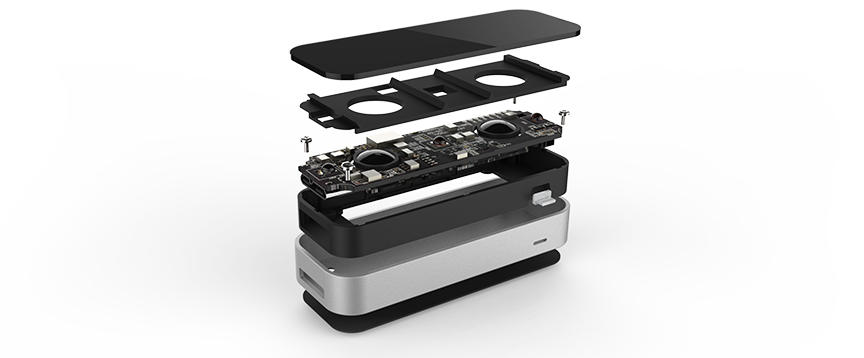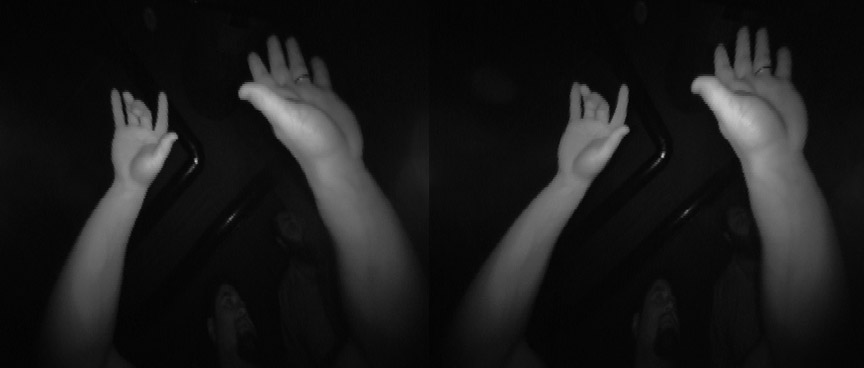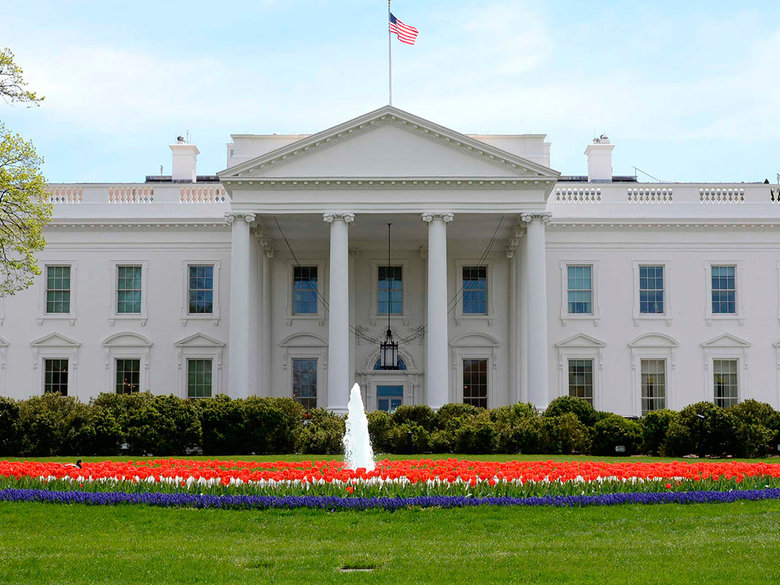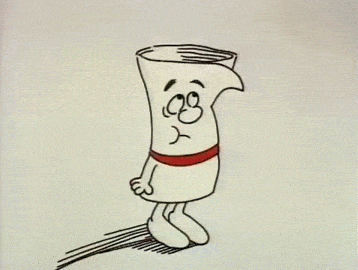- Pac-Man- Player
- Blinky- Red Ghost
- Pinky- Pink Ghost
- Inky- Blue Ghost
- Clyde- Orange Ghost
- Timer
- Attack/ Retreat Cycle
Interconnections
All of the ghosts positions are related to the position of Pac-Man. Inky however is connected to the position of Blinky as well as Pac-Man.
Blinky
This ghost goes for the straight attack to the player. It chases the player from behind. Wherever Pac-Man goes this ghost is following closely.
Pinky
This ghost is trying to predict where the player will go. It will hang in the general area in front of Pac-Man. It will occupy an area it thinks the player is moving to four spaces ahead.
Inky
This ghost has the most complex movement of the four. It stays in a general area in front of the player. However, it also takes into consideration the position of Blinky. So if Blinky is close Inky will be there as well. If Blinky is far Inky will be far away. These two work together to try and trap the player from the front side and the back side.
Clyde
This ghost is the least dangerous of the four. It goes in for the attack and then once it gets close it changes its mind and runs away.
Attack/ Scatter System
The ghosts will scatter for a few seconds and then attack for around 20 seconds. They will cycle through this phase varying amounts of times depending on the level. Then once they go through the cycle a certain amount of times they will exclusively attack.
Function and Purpose
The ghosts individually do not pose a threat. However, the combination of all four together creates a dynamic system that elicits fear in the player of the game. It is what makes Pac-Man such a fun game and an all time classic. This system takes the player through periods of fear and relief making the game an experience even though at it's core it is simple.
Sources
Information
http://www.gatheryourparty.com/2012/09/10/reading-between-the-lines-pac-man/
http://pacman.wikia.com/wiki/File:Pac-man_(Official_Image).png
http://pacman.wikia.com/wiki/File:Pac-man_(Official_Image).png
































